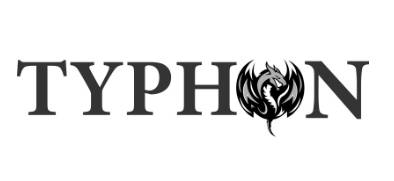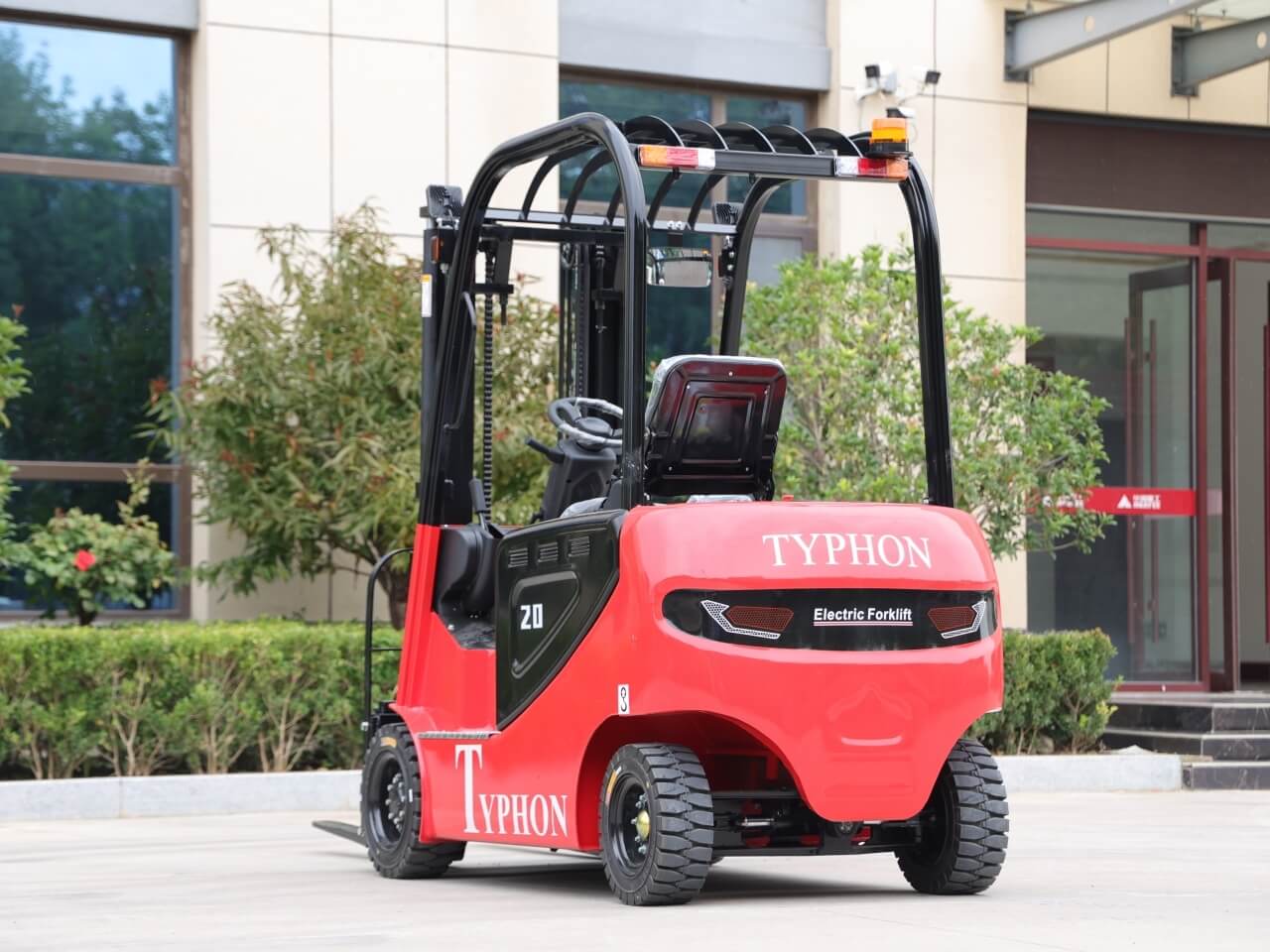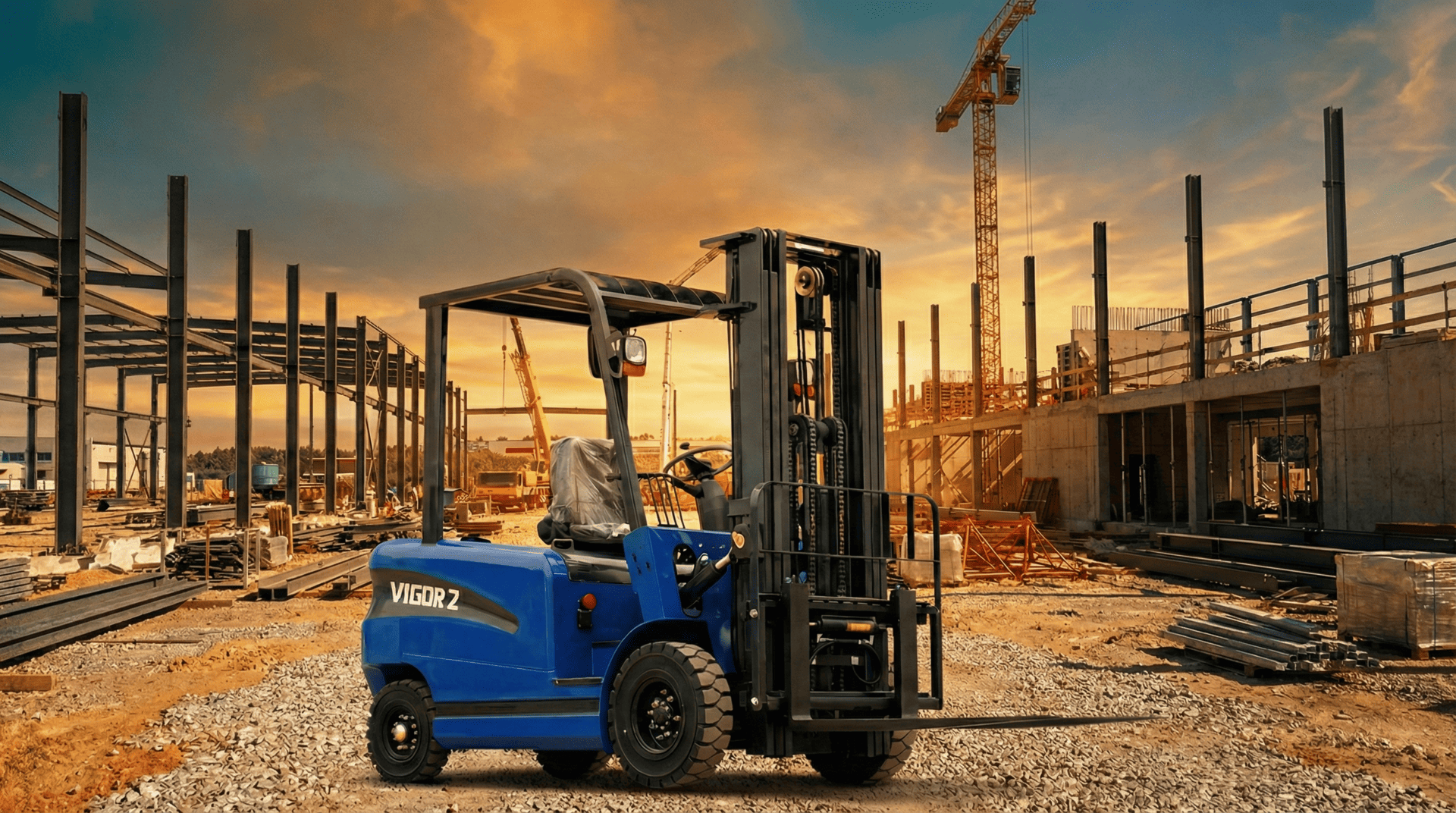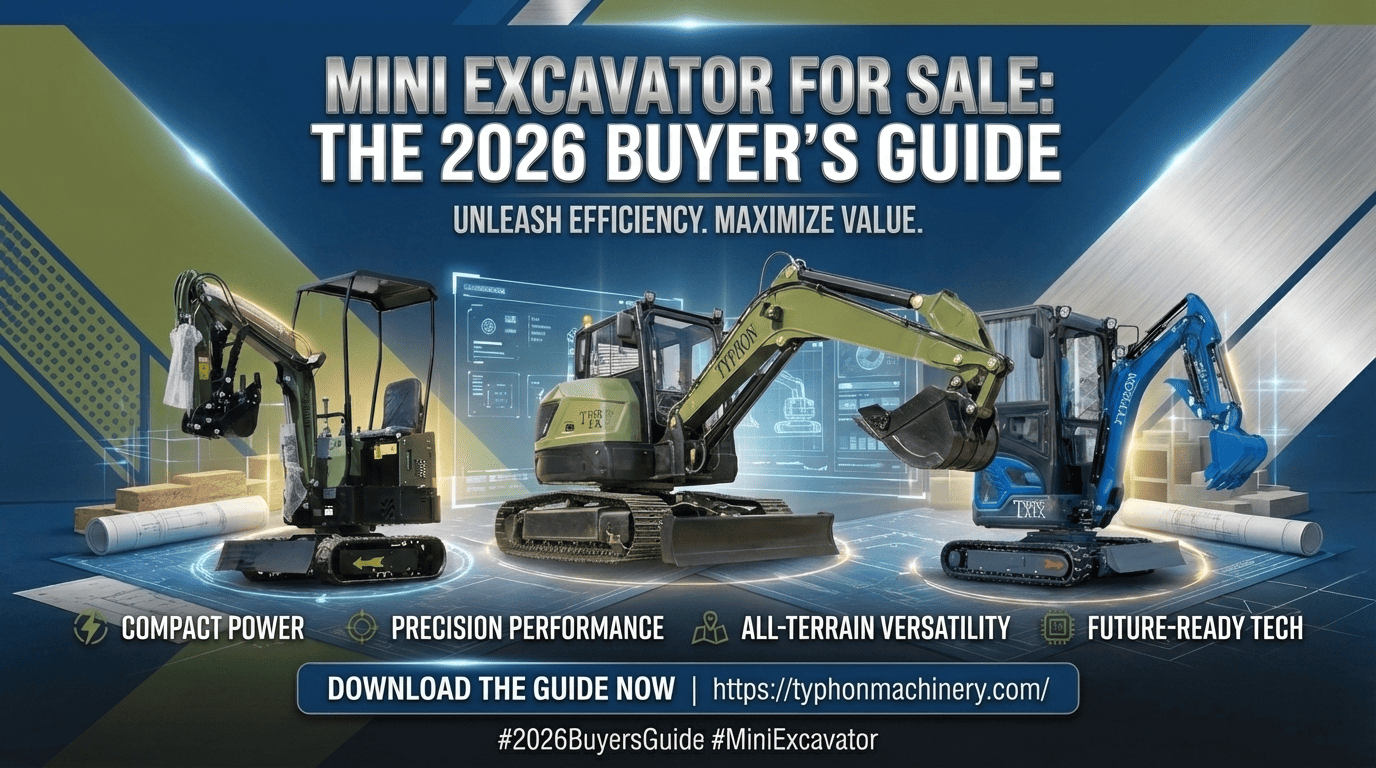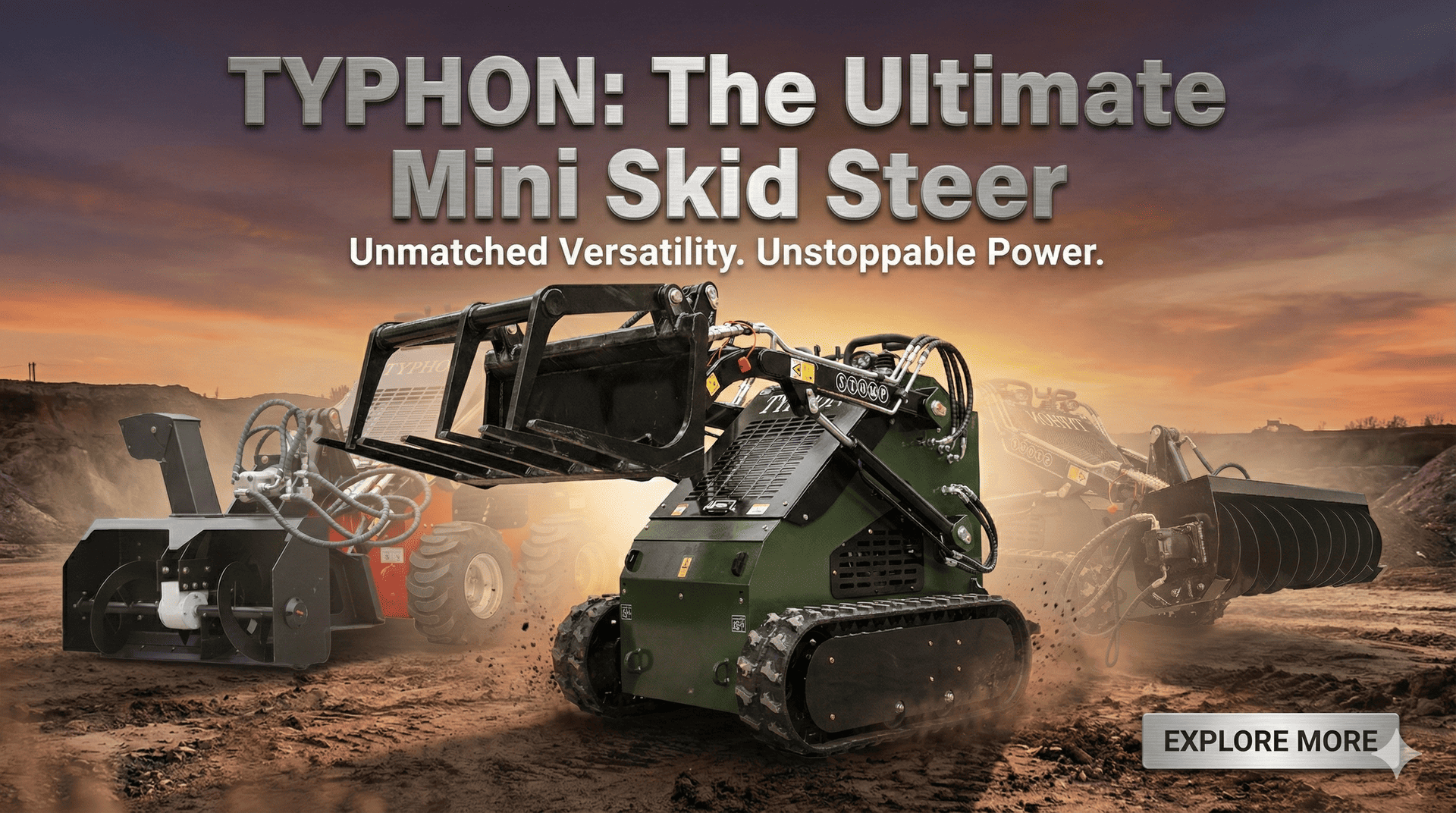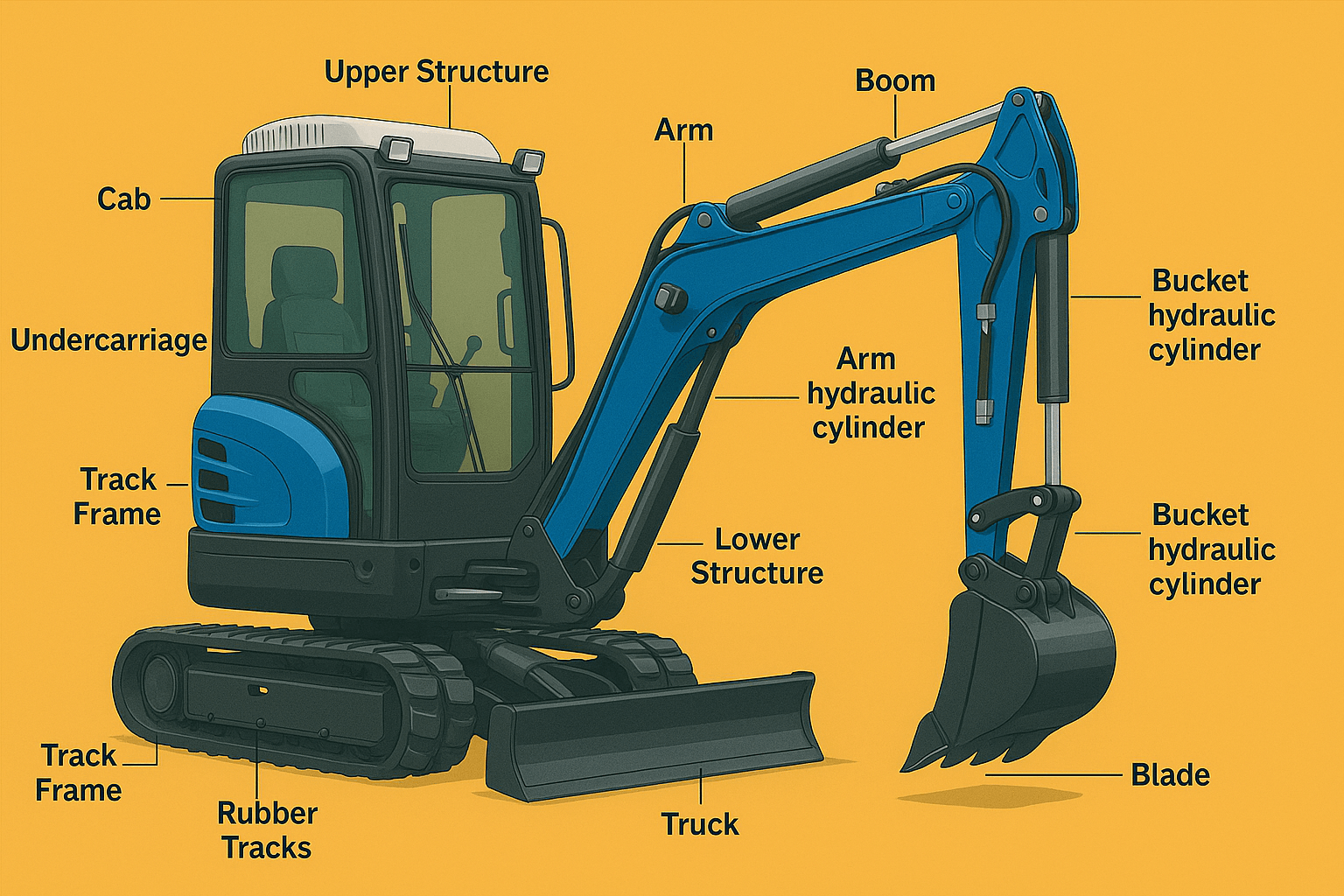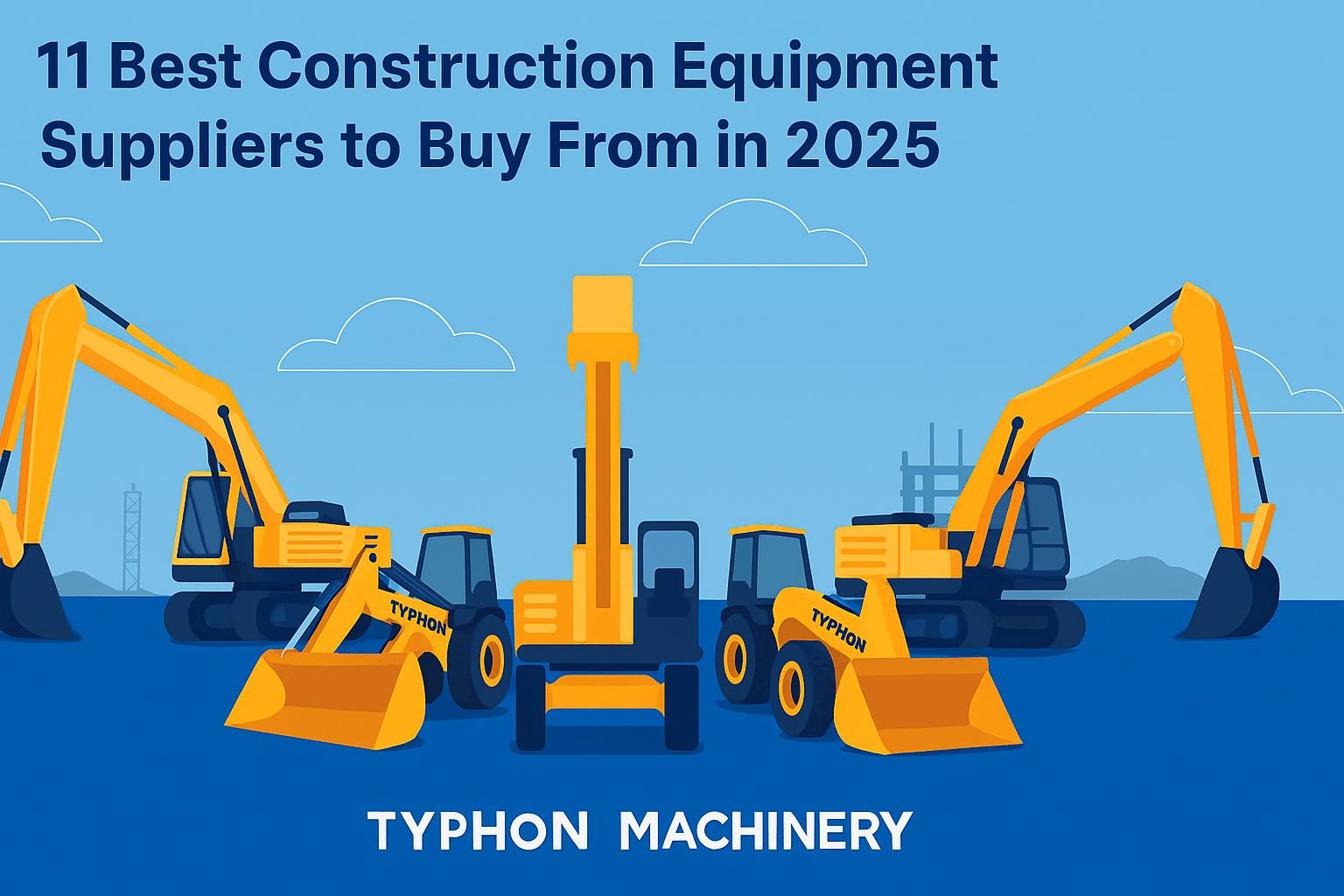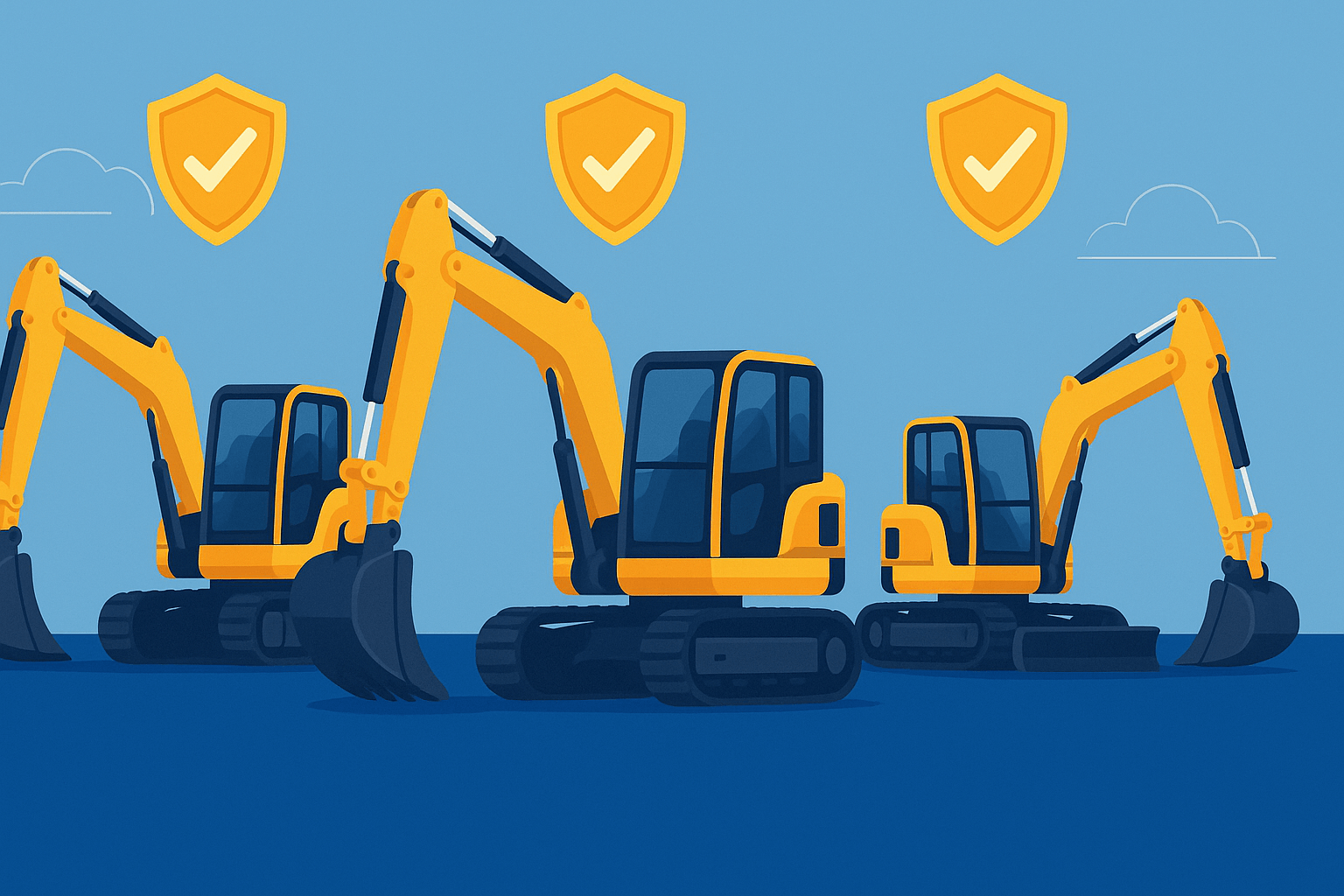Forklifts are essential tools in warehouses, construction sites, and various industrial settings, but operating them comes with significant responsibility. Conducting a thorough pre-operation check is crucial to ensure the safety of both the operator and the surrounding workers. This blog will walk you through a step-by-step checklist to inspect a forklift before starting it.
By following these essential steps, operators can avoid potential hazards, improve the lifespan of their forklifts, and maintain a safer work environment.
Targeted Keyword: Forklift Pre-Operation Safety Check
1. Walk-Around Inspection: Assess the Area Around the Forklift
Before even climbing into the forklift, conduct a walk-around inspection. This involves carefully checking the immediate area for any obstructions or safety concerns. Here’s what you need to look out for:
- Loose bolts: Ensure that no parts of the forklift are loose or misplaced.
- Debris: Remove any accumulated waste or materials near or under the forklift.
- Fluid Leaks: Check for oil or coolant leaks, as these can create slipping hazards and indicate underlying mechanical problems.
- Tire Condition: Inspect all tires for cuts, scratches, or embedded objects, and verify proper air pressure.
Pro Tip:
Always remove any debris that could impede the forklift’s operation. Even small objects can cause significant mechanical issues.
2. Check the Driver’s Seat for Safety
The operator’s seat is one of the most critical components for safe forklift operation. Before you start, make sure the seat is secure and adjusted for your comfort and safety.
- Seat Stability: Check whether the seat is loose, and remove any debris around it.
- Adjustment Mechanism: Push the control handle and move the seat back and forth until it locks into a comfortable position. Proper seat adjustment prevents accidents during operation.
Safety Alert:
A loose or improperly adjusted seat can lead to accidents and injuries. Ensure the seat is locked in place before operation, especially after shift changes.
3. Inspect the Instrument Panel and Safety Devices
Your forklift’s instrument panel plays a vital role in providing real-time data about the vehicle’s status. Ensuring all gauges, lights, and indicators are functioning correctly will help prevent malfunctions during operation.
- Instrument Panel: Check for cracks or other damages to the dashboard. If any indicator lights or the panel itself appear faulty, repair them before starting the forklift.
- Horn and Alarms: Test the horn, backup alarms, and any other auditory safety devices. These are crucial for alerting nearby workers when the forklift is in motion.
Tip:
Make testing these devices a non-negotiable part of your checklist. If they’re not working, you risk endangering those around you.
4. Examine the Mast and Lifting Chain
The mast and lifting chain are at the heart of a forklift’s functionality. A problem here can lead to severe malfunctions.
- Mast Inspection: Check for any signs of wear, fractures, or loose sprockets. Ensure that all parts are moving smoothly.
- Lifting Chain: Inspect the chain for breaks or any pin damage. Ensure the sprockets and chains are well-lubricated and secure.
Pro Tip:
A worn-out mast or chain can lead to lifting failure. Regular lubrication and visual checks will help maintain optimal performance.
5. Inspect Forks, Attachments, and Fork Rack
The forklift’s forks and attachments are the direct points of contact with the load, making their condition critical for safe operation.
- Forks and Attachments: Examine for any signs of wear or damage. Loose bolts or missing components should be replaced immediately.
- Fork Rack: Ensure that the fork rack is in good condition and free from cracks.
Tip:
Worn forks can compromise load stability, increasing the risk of dropping or tipping during lifting. Replace them as soon as wear is visible.
6. Tire and Wheel Condition
A forklift’s tires bear the weight of the entire vehicle and load, so proper maintenance is crucial.
- Tire Pressure: Check that the tire pressure is at the recommended level. Under-inflated tires affect stability, while over-inflated tires risk bursting under pressure.
- Tire Integrity: Look for embedded objects, cuts, or excessive wear. Ensure that all nuts are tight and that wheels are secure.
Pro Tip:
Regular tire inspections not only improve safety but also extend the forklift’s operational efficiency by ensuring smoother movement.
7. Inspect the Overhead Guard
The overhead guard is designed to protect the operator from falling objects. Ensuring that this part is intact is crucial to operator safety.
- Guard Damage: Check for signs of damage or bent structures.
- Bolt Condition: Ensure that the bolts holding the overhead guard in place are not loose or missing.
Tip:
Even minor damage to the overhead guard can compromise its effectiveness, so take this inspection seriously.
8. Hydraulic System Inspection
The hydraulic system is the powerhouse of any forklift’s lifting mechanism. Fluid leaks or damaged hoses can lead to failure, making this one of the most critical aspects of the pre-operation check.
- Hose Wear: Look for any wear, cracks, or bulging in the hydraulic hoses.
- Leaks: Ensure there is no hydraulic fluid leaking from hoses or cylinders.
Pro Tip:
Regularly replacing worn hydraulic hoses can prevent costly repairs and downtime.
9. Transmission and Drive Axle Check
The transmission and drive axle are key to ensuring that your forklift moves smoothly.
- Fluid Leaks: Check for any signs of oil leaking onto the forklift or the ground. This could indicate transmission or axle issues that need immediate attention.
Tip:
Promptly addressing any transmission fluid leaks will prevent mechanical breakdowns and save on future repair costs.
Final Thoughts: Safe Forklift Operation Starts with a Thorough Check
Forklift safety isn’t just about following protocols while driving. It starts with a meticulous pre-operation inspection. By checking the essential components such as the seat, instrument panel, mast, forks, and tires, you ensure that the vehicle operates smoothly and efficiently, minimizing the risk of accidents or mechanical failures.
Regularly incorporating these checks into your daily routine will not only extend the lifespan of your forklift but also create a safer working environment for everyone.
